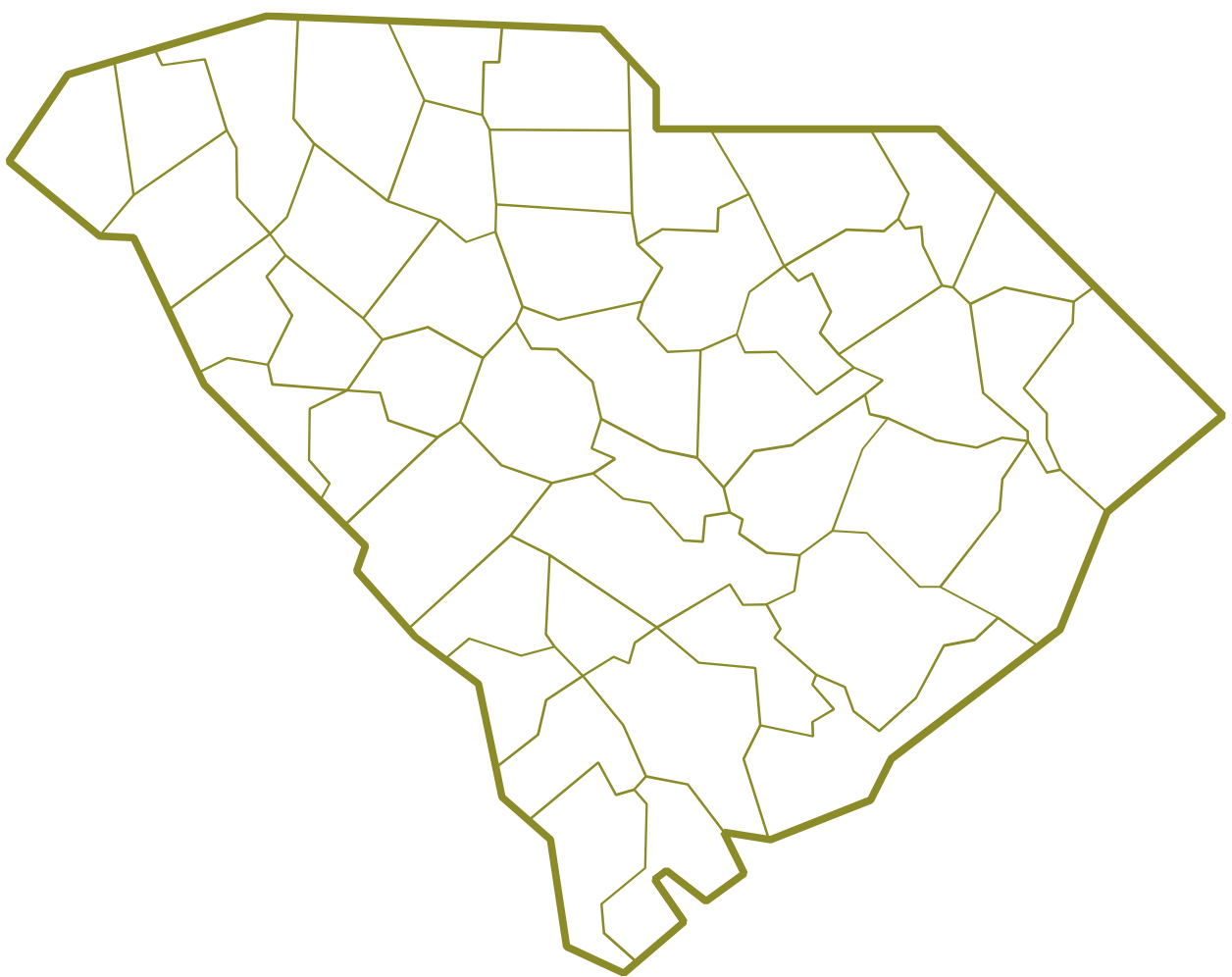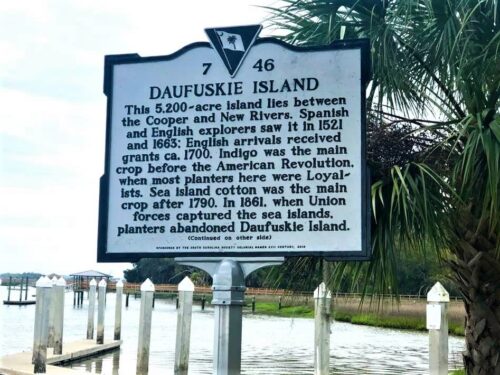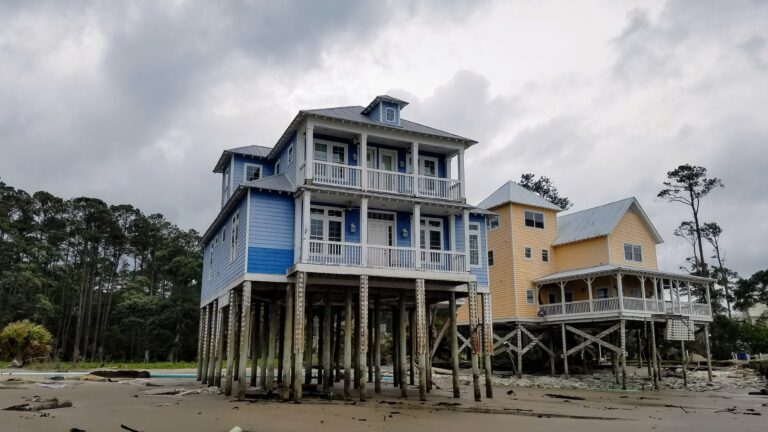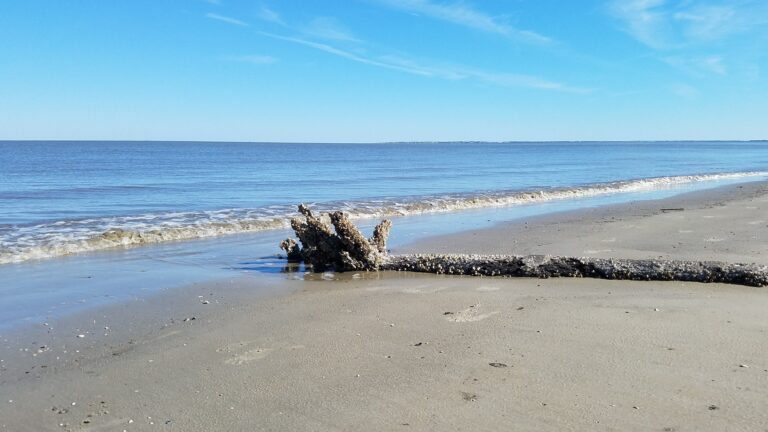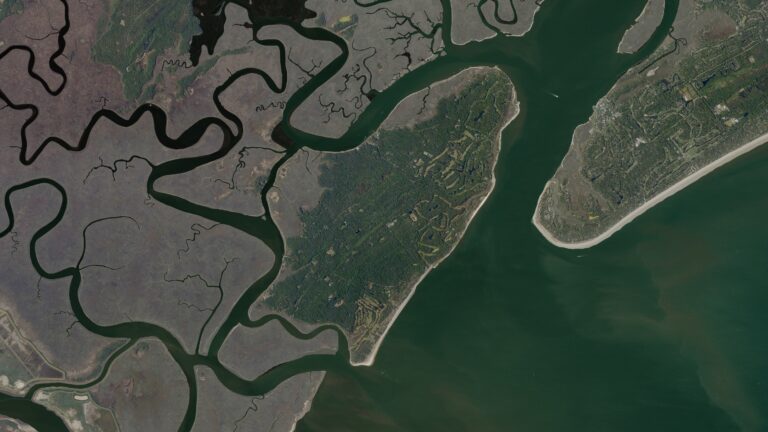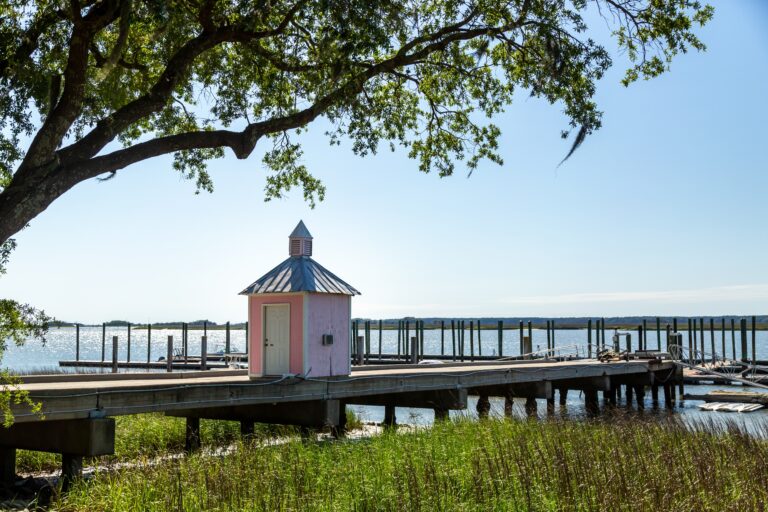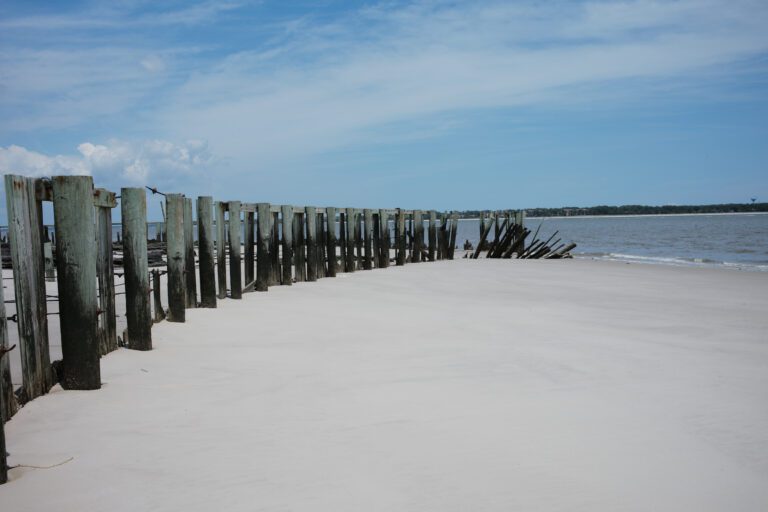Gullah History You Won’t Learn in School About Daufuskie Island
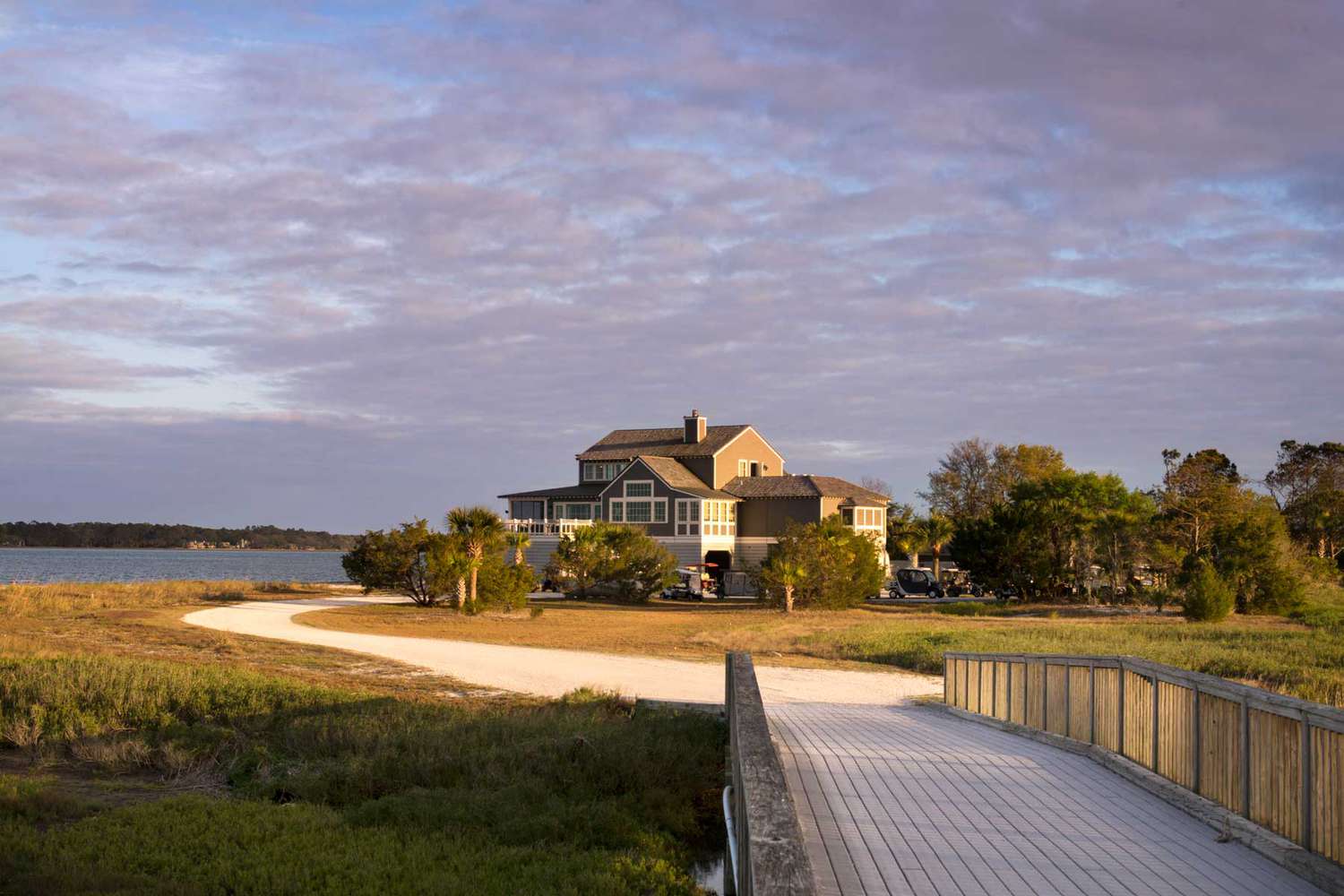
The Gullah people of Daufuskie Island have a story that’s so fascinating it should be in every history textbook but it’s not.
Nestled between Hilton Head and Savannah, this tiny South Carolina island preserves a unique African American culture that developed in almost complete isolation for centuries. This isolation created something special – a place where African traditions, language, and community practices survived in ways they couldn’t elsewhere.
Let me take you on a journey through this incredible hidden history, with some personal opinions sprinkled on top (because what fun is history without a little commentary?).
The Untold Story of Daufuskie’s Gullah People
Skip ahead if you want:
- Origins & Early History
- Who Are the Gullah?
- Life After the Civil War
- The Cool Stuff Schools Don’t Teach
- What’s Happening Today
- Why This Actually Matters
Origins & Early History
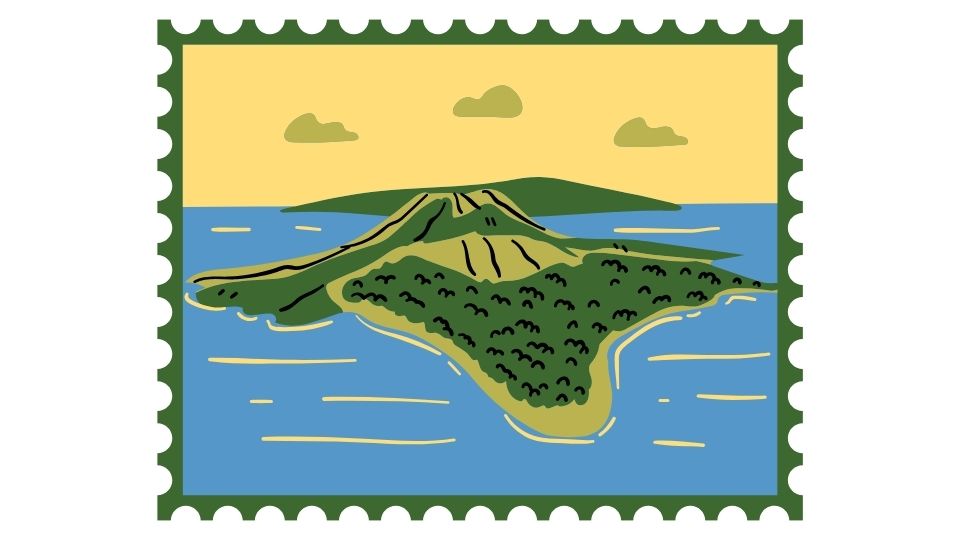
The name “Daufuskie” comes from the Muscogee language, meaning “sharp feather” – apparently because the island looks like one if you squint really hard at a map.
Native Americans lived here first, making alliances with Spanish colonizers in a classic “we’ll help you fight if you give us protection and gold” arrangement. (Spoiler alert: these deals rarely worked out well for Native peoples).
By the early 1700s, European plantation owners had transformed the island into a forced agricultural powerhouse, growing cash crops like:
- Rice
- Indigo
- Sea Island cotton
Here’s the thing they don’t emphasize enough in history class: these plantation owners specifically sought out enslaved people from West Africa’s “Rice Coast” because they already knew how to cultivate these crops. The enslaved weren’t just labor – they brought essential agricultural expertise that made these plantations successful in the first place.
Who Are the Gullah?

The Gullah are descendants of these enslaved Africans who, through geographic isolation and fierce determination, managed to preserve their African heritage in ways unmatched elsewhere in America.
After emancipation, these former slaves did something remarkable – they bought back the very land they’d been forced to work. Talk about turning the tables!
This isolation from mainland America created a cultural time capsule where African traditions thrived:
Language: The Gullah created the only African American creole language in the U.S., blending English with West African languages. If you’ve ever said “yam” for sweet potato or called a child a “pickaninny,” you’re speaking Gullah words that entered American English.
Food: Gullah cuisine is the original farm-to-table movement, centered around rice and whatever could be caught, grown, or foraged. Recipes were passed down by taste and feel rather than measurements. As one Gullah elder said, “We cooked with our senses, not with measuring cups.”
Community Vibes: The Gullah mindset was all about “accommodating needs, not wants” – a philosophy we could probably use more of in our Amazon Prime world.
Traditional Crafts: Skills like indigo dyeing, sweetgrass basket weaving, and quilting weren’t just hobbies – they were essential life skills and cultural expressions that connected generations.
Life After the Civil War
When Union troops showed up during the Civil War, plantation owners fled faster than teenagers from a family dinner. This created an opportunity for freed slaves to establish themselves as landowners and entrepreneurs.
The Gullah people built:
- Farms
- Logging operations
- A thriving oyster industry
The Battle of Port Royal nearby was a major turning point for emancipation in the region. Freedom came to Daufuskie earlier than many other Southern communities.
But life wasn’t easy. Geographic isolation that protected their culture also limited economic opportunities. By the mid-20th century, many Gullah homes had fallen into disrepair as younger residents moved to the mainland for work.
Thankfully, preservation programs like the Palmetto Trust’s “Daufuskie Island Endangered Places Program” have helped restore historic Gullah sites. Without these efforts, we might have lost these physical connections to an incredible cultural story.
The Cool Stuff Schools Don’t Teach You
Let’s be real – history class probably taught you about slavery and maybe a bit about Reconstruction, but I bet they missed these fascinating details about Gullah life:
Everyone Ate When Someone Ate: If your neighbor slaughtered a hog, you got some too. Period. The Gullah practiced a level of community sharing that would make a modern communist blush. This wasn’t charity – it was the foundation of their society and a direct continuation of West African communal values.
DIY Governance: The Gullah built their own institutions like the Oyster Union Society Hall in 1893. This wasn’t just a social club – it was a community bank, insurance company, and social safety net all in one. When someone got sick or needed help, the community pooled resources through these institutions. This self-governance model was sophisticated and effective.
Spiritual Practices: Ever notice houses with blue porch ceilings in the South? That’s a Gullah tradition of painting “heaven blue” to keep away evil spirits (and supposedly confuse mosquitoes into thinking it’s the sky). These spiritual practices blended Christianity with African traditions in fascinating ways.
MLK Connection: Did you know Dr. King wrote parts of his “I Have a Dream” speech while staying among Gullah communities on nearby St. Helena Island? The civil rights movement has deeper connections to Gullah culture than most history books acknowledge.
What’s Happening Today
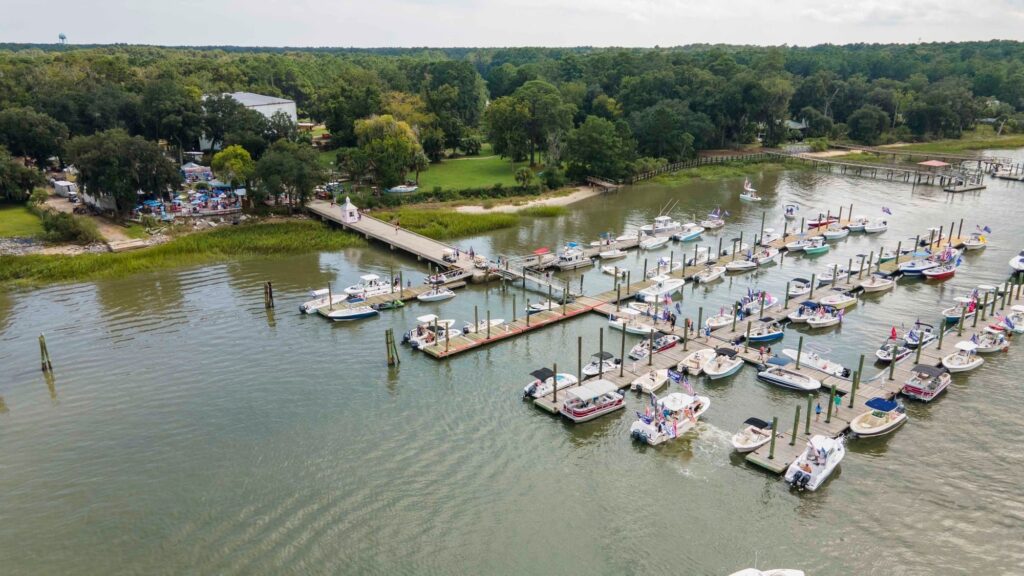
Today, only about a dozen original Gullah families remain on Daufuskie among the vacation homes and newer residents. That’s a dramatic decline from the hundreds who once lived there.
The challenges are real:
- Development pressure
- Economic changes
- The high cost of island living
- Cultural dilution
But there are bright spots too:
The island is listed on the National Register of Historic Places, which provides some protection for historic sites.
Annual Daufuskie Day celebrations bring Gullah families (including those who’ve moved away) back to the island to celebrate their heritage with food, music, and storytelling.
Educational initiatives and heritage tours along the Robert Kennedy Trail help visitors understand the island’s significance. Kennedy visited in 1968 to draw attention to poverty among the Gullah, which led to the first public services on the island.
Local artists and craftspeople continue Gullah traditions like indigo dyeing, keeping these practices alive for future generations.
Why This Actually Matters
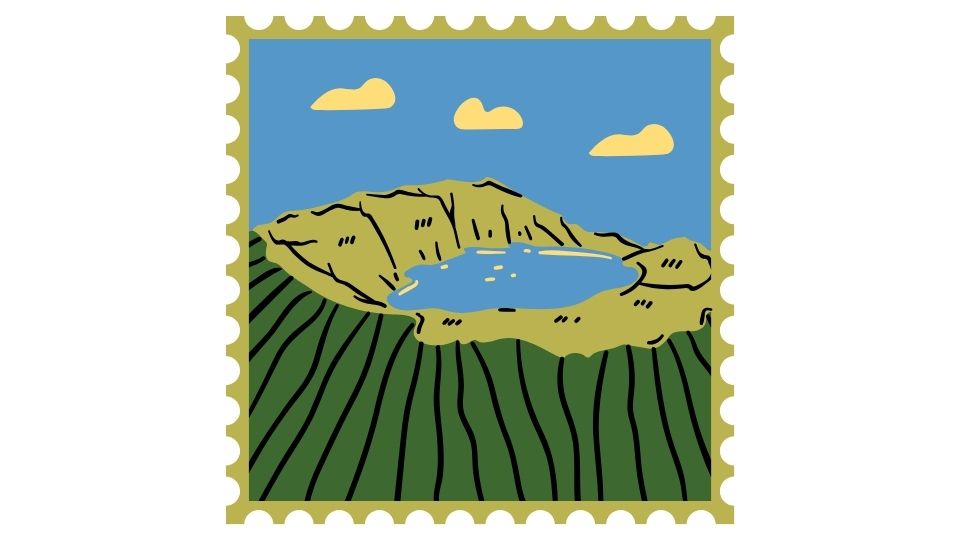
So why should you care about this tiny island most people have never heard of?
Because Daufuskie Island represents something incredibly rare – a place where African cultural identity didn’t just survive in America, it thrived. The Gullah created a distinct culture that’s neither purely African nor European but uniquely American in the best sense.
Their story challenges the oversimplified narratives we often hear about African American history. It’s not just a story of oppression and resistance (though there’s plenty of that too). It’s a story of cultural creation, adaptation, and resilience.
The Gullah influence extends far beyond this tiny island – into our language, our food, our music, and our understanding of what it means to be American. From Southern cooking to the ring shout in Black churches to the origins of spirituals and jazz, Gullah culture has shaped American culture in profound ways that deserve recognition.
In a world obsessed with individual achievement, the Gullah offer a different model – one based on community interdependence, sustainability, and cultural pride.
That’s a history worth knowing, and a legacy worth preserving.
